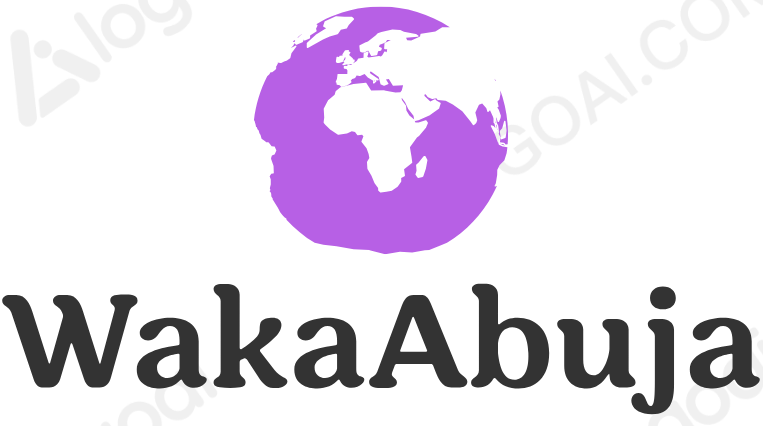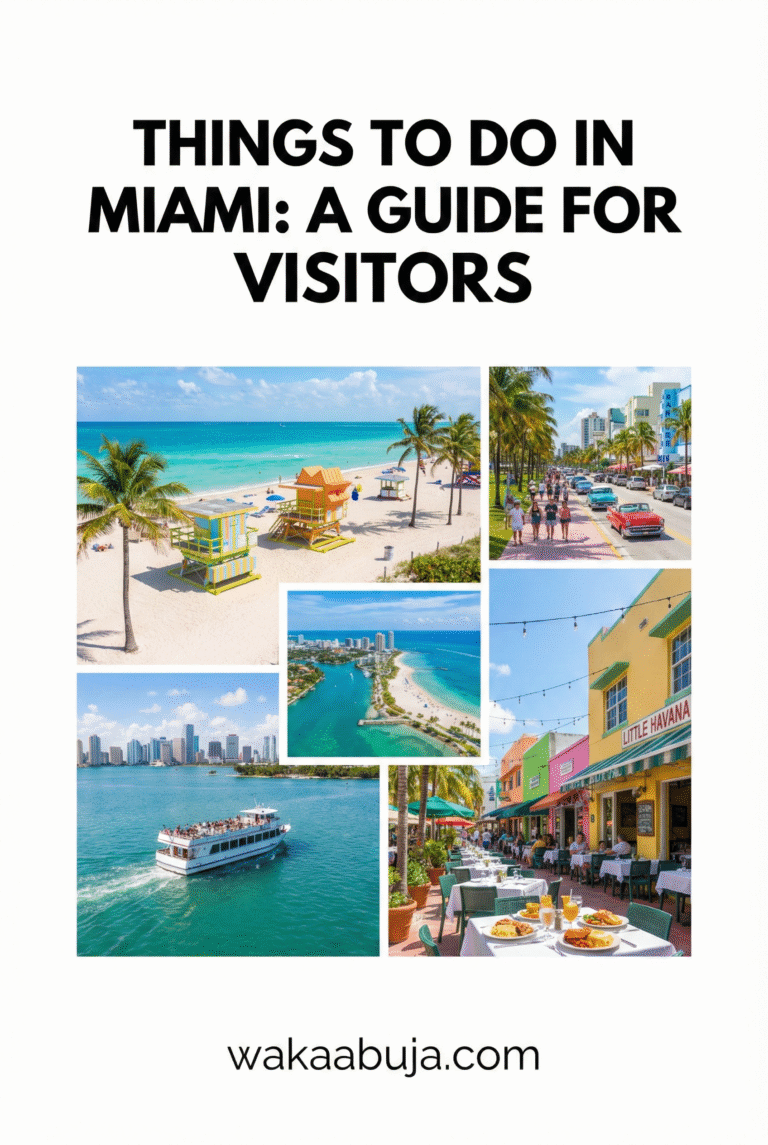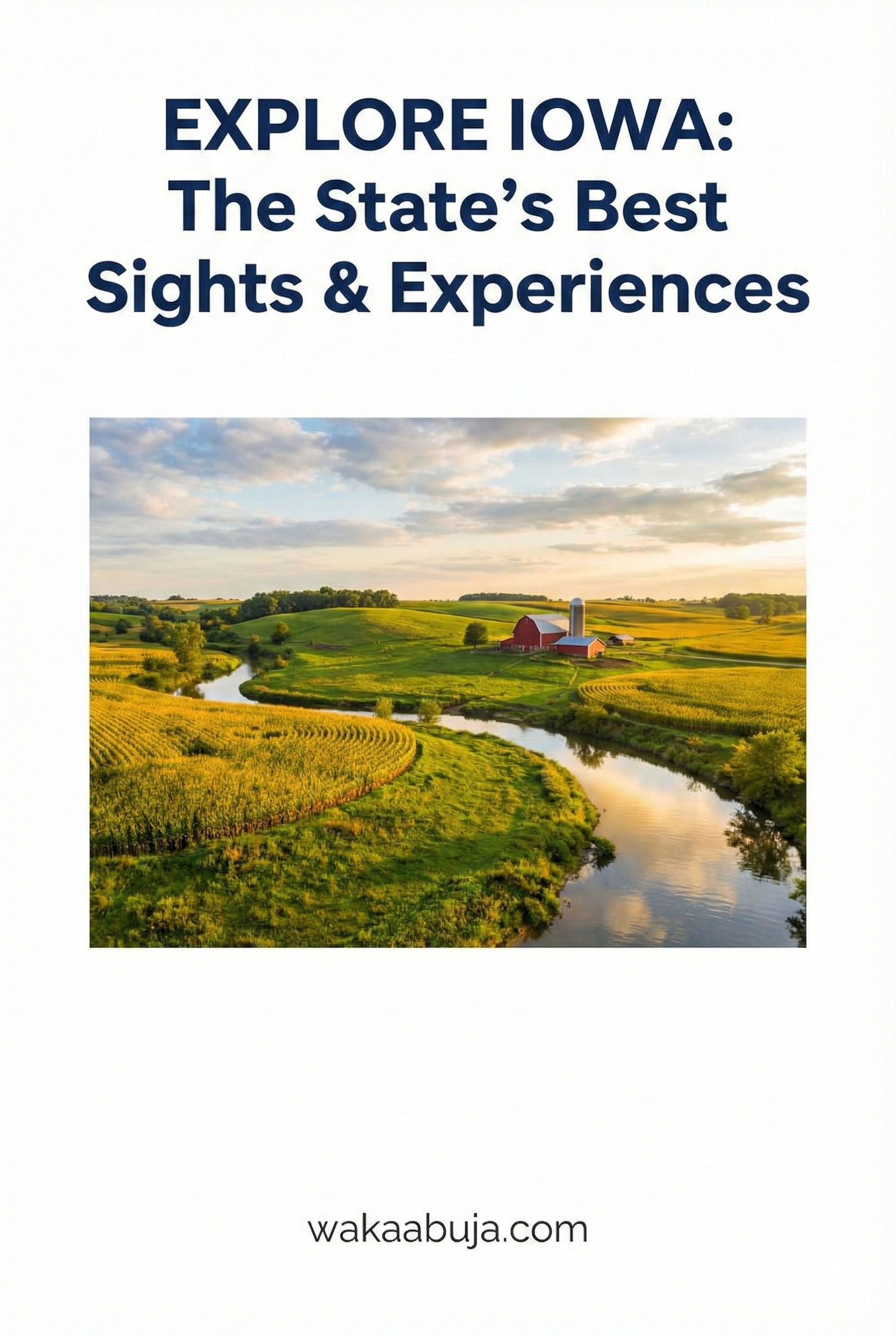TL;DR
Explore the breathtaking landscapes of Big Sur with this comprehensive travel guide tailored for every visitor. From iconic hikes and coastal views to insider tips on where to stay, how to get around, and budget-friendly advice, this guide covers it all with local insights and safety tips.
Whether you have two days or a week, prepare for an unforgettable adventure along California’s rugged coastline.
Welcome to Big Sur: First Things to Know
Big Sur is where the Santa Lucia Mountains dramatically plunge into the Pacific Ocean, creating one of the most mesmerizing coastal drives on earth. I’ve visited multiple times and what keeps drawing me back is that perfect blend of wild nature, serene beaches, and hidden waterfalls that feel like a secret only locals know. Whether you’re a first-timer or seasoned traveler, there’s something new around every bend.
To jump directly to what interests you most, use these quick links:
What to See & Do |
Where to Stay |
Getting Around & Getting There |
Safety Tips & Emergency Contacts |
Budget & Money-Saving Tips |
FAQ
Big Sur’s Must-See Attractions and Activities
Big Sur is rich with natural wonders, and as someone who values immersive experiences, here’s what I believe you absolutely cannot miss:
Bixby Creek Bridge—Iconic Coastal Views
Undoubtedly one of the most photographed spots in California, this graceful arch bridge offers jaw-dropping views of the rugged coastline and cliffs. I recommend stopping here early morning or at sunset for the best light and fewer crowds. It’s also a perfect spot for drone footage if you’re into aerial photography (permit required).
Pfeiffer Big Sur State Park – Hiking and Redwoods
This park features extensive trails enveloped in towering redwoods, creeks, and picnic spots. My favorite trail here is the Pfeiffer Falls and Valley View Loop—it’s about 2 miles and offers incredible views without being too strenuous. Pack water and a camera for unexpected wildlife encounters.
McWay Falls—The Waterfall into the Ocean
One of the rare waterfalls that empties directly into the ocean, McWay Falls is breathtaking and easily accessible via a short trail in Julia Pfeiffer Burns State Park. Note: Swimming is prohibited to protect the fragile ecosystem, so enjoy the views from the overlook.
Garrapata State Park—Coastal Hikes for All Levels
For those who want raw, less crowded coastlines, Garrapata offers stunning sea bluffs and sandy coves. If you have a bit more time, hike the Soberanes Canyon Trail for both forest and coastal views. The wildflowers in spring are spectacular.
Big Sur River Inn – Relax and Dine
This local favorite spot and inn offer a cozy retreat with a charming restaurant on the riverbank. After a day of exploring, settling here with a locally brewed craft beer and fresh catch is unbeatable. They often have live music in the evenings.
Where to Stay in Big Sur: Options for Every Budget
I’ve tried a variety of lodgings in Big Sur and can attest that booking early is essential since places fill up fast, especially in peak seasons (summer and fall). Here’s an overview that fits typical preferences:
Luxury—Ventana Big Sur, an Alila Resort
For a high-end immersive experience, Ventana offers glamping tents and elegant lodges surrounded by redwoods, with amenities including a spa and chef-driven dining. Prices generally start around $600 per night, but the ambiance and privacy justify the cost.
Mid-Range – Big Sur River Inn
This place combines rustic charm with comfort and is perfectly located close to major trails and restaurants. Rooms generally range from $180 to $300 per night. They also have a café and nice riverside decks.
Budget – Camping and Affordable Inns
Camping at sites like Julia Pfeiffer Burns State Park (reservations required) costs around $35 per night and is a wonderful way to connect to nature. Alternatively, small inns and cabins along Highway 1 offer rooms for $100–$150.
Getting to and Around Big Sur
How to Get There
The most iconic way to arrive is via California’s Highway 1, especially if driving south from Monterey or north from San Luis Obispo. Nearest airports are Monterey Regional Airport (about 45 minutes away) and San Jose International Airport (approx. 2.5 hours). I personally prefer flying to Monterey to avoid long drives on winding mountain roads after a flight.
How to Get Around Locally
Public transportation options are sparse, so renting a car or using guided tours is your best bet. Roads are narrow and winding, so drive cautiously, especially in fog or rain. For a stress-free day, local shuttle services like the Big Sur Trolley offer scenic routes during peak seasons.
Staying Safe in Big Sur: Essential Tips and Emergency Contacts
Big Sur’s rugged beauty also requires some vigilance:
- Cell service is spotty in many areas; download offline maps before your trip.
- Stay hydrated and wear layers—weather changes quickly near the coast and in the mountains.
- Watch your footing on cliff edges and trails—sections can be slippery or eroding.
- Adhere to fire regulations and don’t leave campfires unattended; Big Sur is prone to wildfires during dry months.
- Inform someone about your itinerary if hiking in remote areas.
Key Emergency Contacts
Budgeting Your Big Sur Trip: Typical Costs & Money-Saving Tips
Big Sur leans toward the higher end when it comes to costs, but strategic planning can make your trip surprisingly affordable. Here’s what you can expect and how to maximize value:
Accommodation
From $35/night for camping to $600+ for luxury resorts.
Food & Dining
Expect $15–$30 per meal at cafés; splurge-worthy dining averages $50+ per person.
Transportation
Car rentals typically cost $60–$100/day; gas is more expensive due to the remote location.
Entrance Fees & Tours
State parks charge around $10 per vehicle entry. Guided tours vary between $70 and $150 based on duration.
My Pro Tips for Saving Money:
- Book accommodations 3-6 months ahead to snag early-bird deals.
- Pack your own lunch or picnic to avoid pricey restaurant meals.
- Plan visits in shoulder seasons (late spring or fall) to get lower rates plus fewer crowds.
- Consider group tours to split costs if traveling alone.
Recommended Tours and Experiences in Big Sur
For those who want an expert touch or added convenience, here are tours and experiences I highly recommend from my personal explorations:
Guided Coastal Hiking Tour
A guided hike along lesser-known trails, including private access spots. Great for photography enthusiasts. Prices are around $100 per person for half-day tours.
Sunset Whale Watching Cruises
Big Sur’s waters are prime whale-watching territory from late winter to early spring. Cruises depart from Monterey Bay (1 hour north). A magical way to witness marine life; expect to pay $80–$120.
Scenic Helicopter Rides
If you want to see Big Sur from above, helicopter tours offer spectacular panoramic views. Double-check weather and rates (starting near $300) before booking.
How Long Should You Stay in Big Sur?
Based on my experience, here’s a realistic expectation of how much time you’ll need:
- Weekend Trip (2-3 days): Prioritize iconic spots like Bixby Bridge, McWay Falls, and a major hike. Stay near Big Sur village.
- 5 Days: Explore deeper with day hikes in Pfeiffer and Garrapata parks, try a whale-watching tour, and enjoy local dining spots.
- 1 Week or More: Perfect for immersive nature retreats, including extended camping, yoga retreats, and venturing into nearby Carmel and Monterey.
Frequently Asked Questions About Traveling to Big Sur
When is the best time to visit Big Sur?
The ideal time is from late spring to early fall (May to October) when the weather is mild and dry. Fall brings spectacular colors and fewer tourists. Winter months can be rainy and foggy, but the crowds are minimal.
Is Big Sur safe for solo female travelers?
Generally, yes. Big Sur attracts a mix of hikers, nature lovers, and retreat seekers. However, always follow standard safety rules: avoid hiking alone at night, stay on marked paths, and keep emergency contacts handy. Cell reception can be poor, so prepare accordingly.
Are pets allowed in Big Sur State Parks?
Most state parks in Big Sur do not allow pets on trails due to wildlife protection. Some campgrounds allow dogs in designated areas. Check the official park websites for updated pet policies.
How strict are the fire regulations in Big Sur?
Very strict. Due to frequent droughts, fire danger is high. Open flames are often banned during dry months; always follow local alerts and use only designated fire pits when allowed. Report any signs of wildfires immediately.
Is Wi-Fi available in Big Sur?
Wi-Fi access is limited. Some lodges and cafés offer Wi-Fi but expect weak or no signal in wilderness areas. The disconnection is part of Big Sur’s charm—perfect for a digital detox.
WakaAbuja has made every effort to ensure that the information in this post was correct at the time of publication. However, we do not assume any liability caused by errors such as pricing, hours, or location details.
Please consult official websites or social media pages for the most up-to-date information.




